Biodiversity protection in Iberdrola projects
How do we protect and preserve biodiversity on some of our more flagship projects?
Iberdrola Group has completely integrated the conservation of the biological diversity of ecosystems into its strategy. An exhaustive environmental plan is therefore drawn up for all projects for new facilities in order to minimize their impact on flora and fauna. This is reflected in the 2022 Biodiversity Report, which lists the specific actions taken by the company to protect and conserve biodiversity at some of its flagship projects.
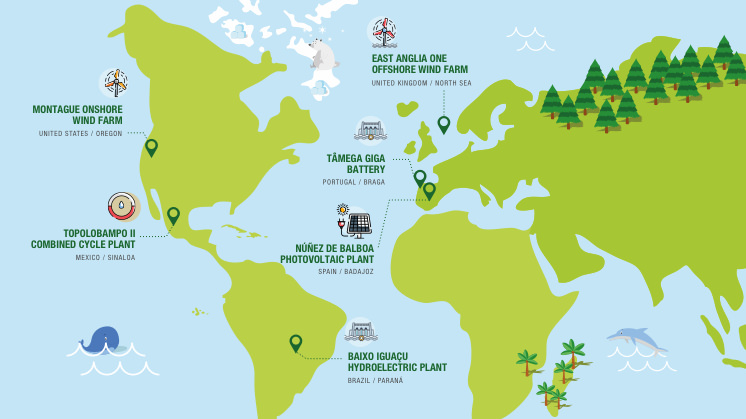
Achieving zero net biodiversity loss by 2030
Iberdrola, a pioneer in the fight against climate change and in its commitment to sustainability, is focused on developing clean, responsible energies with nature as the source of sustainable development. This commitment to biodiversity and the conservation of healthy ecosystems is embodied in its Biodiversity Policy and is in line with the UN's Sustainable Development Goals (SDG), which form part of its business strategy.
"Iberdrola will continue to act responsibly, safeguarding ecosystems and respecting the environment with a view to achieving entirely sustainable economic and social development"
Ignacio Galán, chairman of Iberdrola Group
The Group works to make all its projects sustainable, by following the strictest criteria for promoting natural heritage. It has set a target of no net loss of biodiversity by 2030, by working to ensure that, wherever possible, any new infrastructure developed has a positive net impact.
This objective is based on the application of the principle of the mitigation hierarchy in all its activities and on the continual improvement of our standards of biodiversity protection, including methodologies to ensure the achievement of this objective. Iberdrola avoids locating new infrastructure in designated conservation areas — protected because of their ecological, biological, cultural and/or scenic value — and in areas with a high nature value, unless there is no other viable alternative. In addition, it has included biodiversity in its environmental management systems (EMS) and takes part in research, conservation, education and awareness-raising initiatives in all the countries in which it operates.
The company has implemented more than 1,600 actions to protect biodiversity around the world between 2022 and 2023, according to the 2024 Biodiversity Report [PDF] External link, opens in new window.. Some of the most notable activities are the environmental plans for some of its planned new facilities. We present them to you:
Nuñez de Balboa: Conservation of flora and fauna
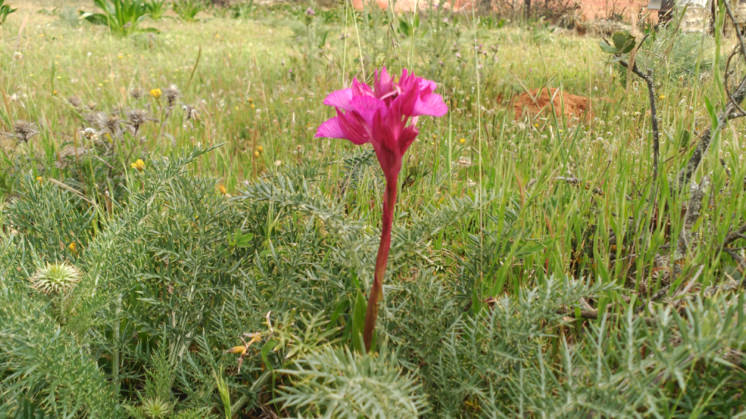
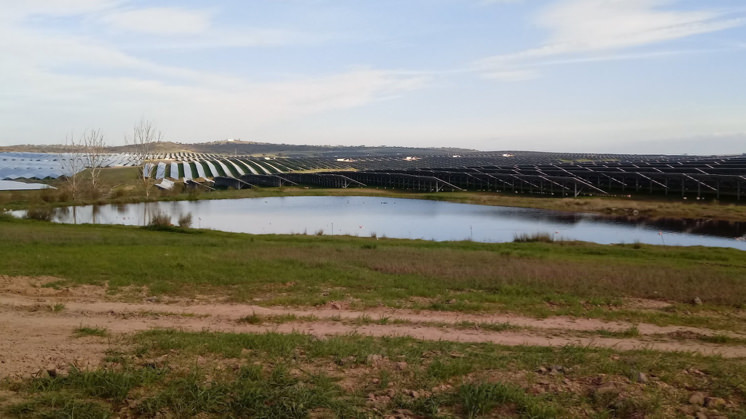


The Núñez de Balboa photovoltaic plant in Usagre (Badajoz, Spain) has an installed capacity of 500 MWp and has been supplying clean energy to 250,000 people since April 2020. With a surface area approaching 1,000 hectares, 1,430,000 photovoltaic panels, 288,000 foundations, a substation and a 12 kilometres long evacuation line, it is the largest working photovoltaic plant in Europe.
A project of this size posed an undoubted environmental challenge. Therefore, right from the beginning, an ambitious protection plan was devised that included, among others, the following measures:
- The execution of the project avoided affecting orchid species of special interest.
- An area where the Montagu's Harrier could be sighted was fenced off during construction work to ensure its protection.
- Specific measures were taken to respect the mating season of the great bustard and the nests of the bee-eater and long-eared owl.
- A Conservation Plan for two livestock ponds was drawn up.
- Nesting boxes were placed on all pylons for lesser and common kestrels.
- Since completion, sheep have been allowed to graze around the plant to keep the vegetation down and avoid the use of weed killers.
East Anglia One: Protection of porpoises in The North Sea
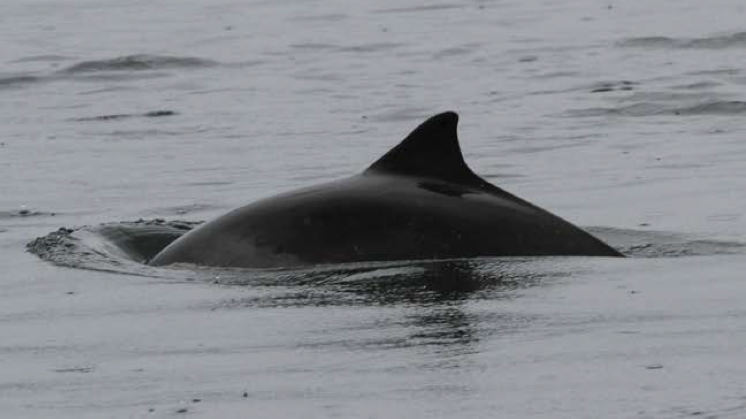
Located in the North Sea some 50 kilometres off the coast of the county of Suffolk (United Kingdom), the East Anglia ONE offshore windfarm is the largest renewable project in the history of Iberdrola and one of the biggest facilities of this type in the world. With an installed capacity of 714 MW, which satisfies the energy needs of 630,000 homes since its entry into operation in 2020, the wind farm has 102 wind turbines 167 metres tall, supported by their corresponding jacket type foundations, an offshore substation, two 85 km long undersea cables, another six 37 km long onshore cables, an onshore substation and an operations and maintenance base.
The area occupied by the farm, which covers some 300 square kilometres, is located close to several sites of national importance, such as the Outer Thames Estuary, the Southern North Sea Special Area of Conservation and the Bawdsey Cliff Site of Special Scientific Interest, meaning that the construction work had to be carefully planned to avoid any potential damage to these sensitive areas and the rare species found in them. Some of the most important actions were:
- Avoiding affecting the red-throated divers that live in the estuary by properly managing the movement of vessels.
- Before work started, a Special Marine Mammal Mitigation Protocol (MMMP) was designed, which was applied during the offshore construction process to avoid or reduce to the minimum any potential risk of injury or disturbance to marine mammals, especially the specimens of harbour porpoise that inhabit these waters.
- Similarly, the company is currently carrying out a research project in the area that aims to use data on underwater noise gathered before, during and after the installation of the wind turbine foundations out at sea to improve the prediction models of these animals' reactions.
Montague: Avoiding impacting the Washington ground squirrel
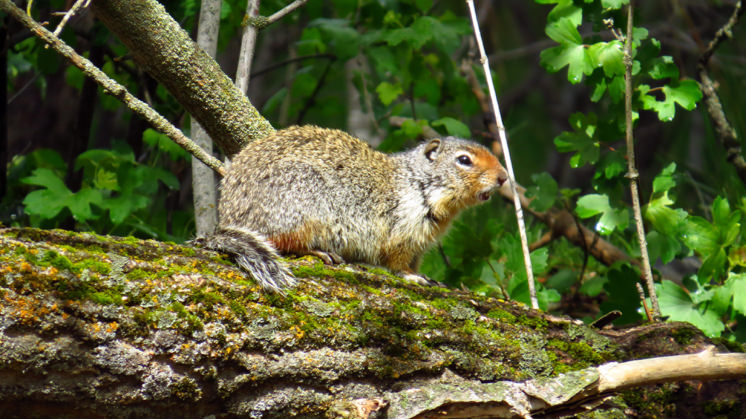
The Montague onshore wind farm (Oregon, USA), which has an installed capacity of 202.85 MW and has been in operation since 2019, is located in an area inhabited by protected species, such as the Washington ground squirrel, which has been declared an endangered species in the state of Oregon. To avoid and minimise the impact of the facility on these animals, a variety of measures were taken, including:
- Before starting construction, studies were done over several years to map the habitat of the squirrels, working in close collaboration with state wildlife agencies. As a result of this work, the transport line route was redesigned, making it possible to completely rule out any impact on this species.
- A Wildlife Mitigation and Monitoring Plan was adopted to monitor and evaluate the impact of the construction of the farm on local animals, such as the nesting of raptors.
Topolobampo II: Reforestation and zero discharge
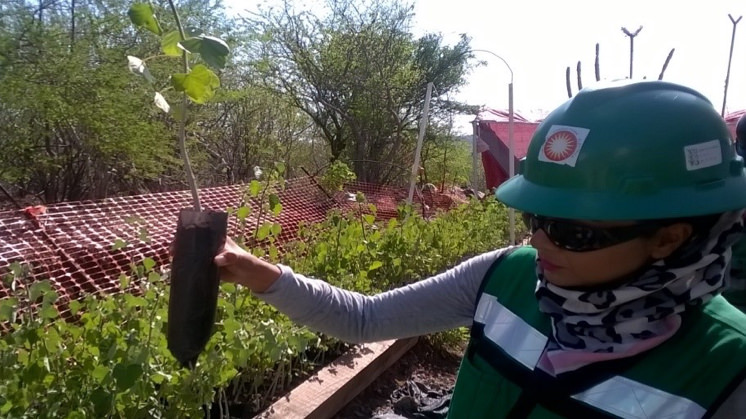
At the Topolobampo II combined cycle plant (Sinaloa, Mexico), which has an installed capacity of 911 MW and a total surface area of 45.56 hectares, the protection of biodiversity was taken into account during all the stages of its development:
- It was possible to conserve 63.9 % of the vegetation, consisting of sarcocaul shrubland, in the area of the combined cycle plant and 99 % of the forested area along the route of the transmission line.
- During construction, seeds and cuttings were collected from some species of bushes, which will make it possible to reforest 38.259 hectares.
- The combined cycle plant was designed to be zero discharge, in order to avoid any discharges into the habitat of the wild flora and fauna of the area and the maximum amount of water is reused and its use reduced in the operation of the plant.
Tâmega: Ongoing monitoring of the fauna and flora
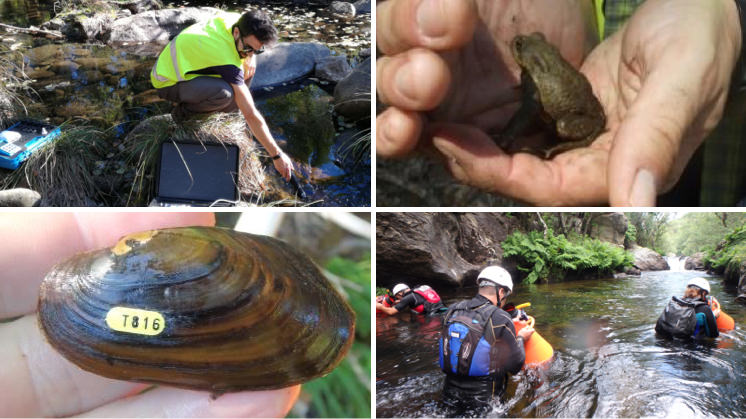
The Tâmega hydroelectric complex (Portugal) is one of the largest hydroelectric projects built in Europe in the last 25 years and, thanks to its energy storage capacity, it will become the major battery in the south of the continent. Consisting of three hydroelectric facilities, each with its own dams, substations, evacuation lines and other facilities, such as quarries and landfills, it will occupy an area of some 1,000 hectares on the river Tâmega, a tributary of the river Douro in the north of the country. With a total installed capacity of 1,158 MW, the complex will be capable of producing 1,766 GWh per year, enough to supply electricity to 440,000 homes, and its pumping station will be able to store enough energy to supply two million homes for one day.
The development and construction of a project of this size has involved meticulous studies of the fauna, flora, habitats, water resources, etc. These are some of the measures implemented by Iberdrola in the Tâmega area:
- The group continuously monitors the flora and fauna, with eight environmental specialists on site and species-specific programmes for mammals, the Iberian wolf, birds, bats, fish, freshwater mussels, invertebrates, protected flora, the otter and Pyrenean desman. Iberdrola also has 20 biologists for ad hoc tasks, 1,000 sampling stations and a total of 80,000 hours spent monitoring species.
- Over 2,000 amphibians, 23,000 river mussels, 41,000 fish and around 1,500 specimens of protected flora have been moved, in addition to another 500 specimens of various reptiles, birds and mammals.
- A Flora and Fauna Compensation Plan
 External link, opens in new window. has been defined with the Portuguese environmental authorities, which includes 29 special compensation measures, such as planting native species and protected flora, re-population and improvements to the aquatic ecosystems.
External link, opens in new window. has been defined with the Portuguese environmental authorities, which includes 29 special compensation measures, such as planting native species and protected flora, re-population and improvements to the aquatic ecosystems.
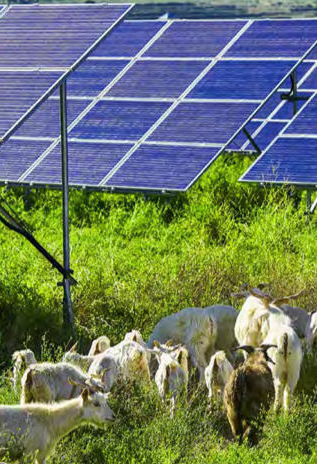
Biodiversity protection
How do we protect and preserve biodiversity on some of our more flagship projects?

Monitoring flora and fauna
We work on prevention and restoration of areas where we operate.
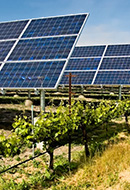
Agrovoltaics
Dual land use for agriculture and energy relieves pressure on ecosystems.

Certifications and verifications
Environmental certifications classified by facility and by certification standard.




